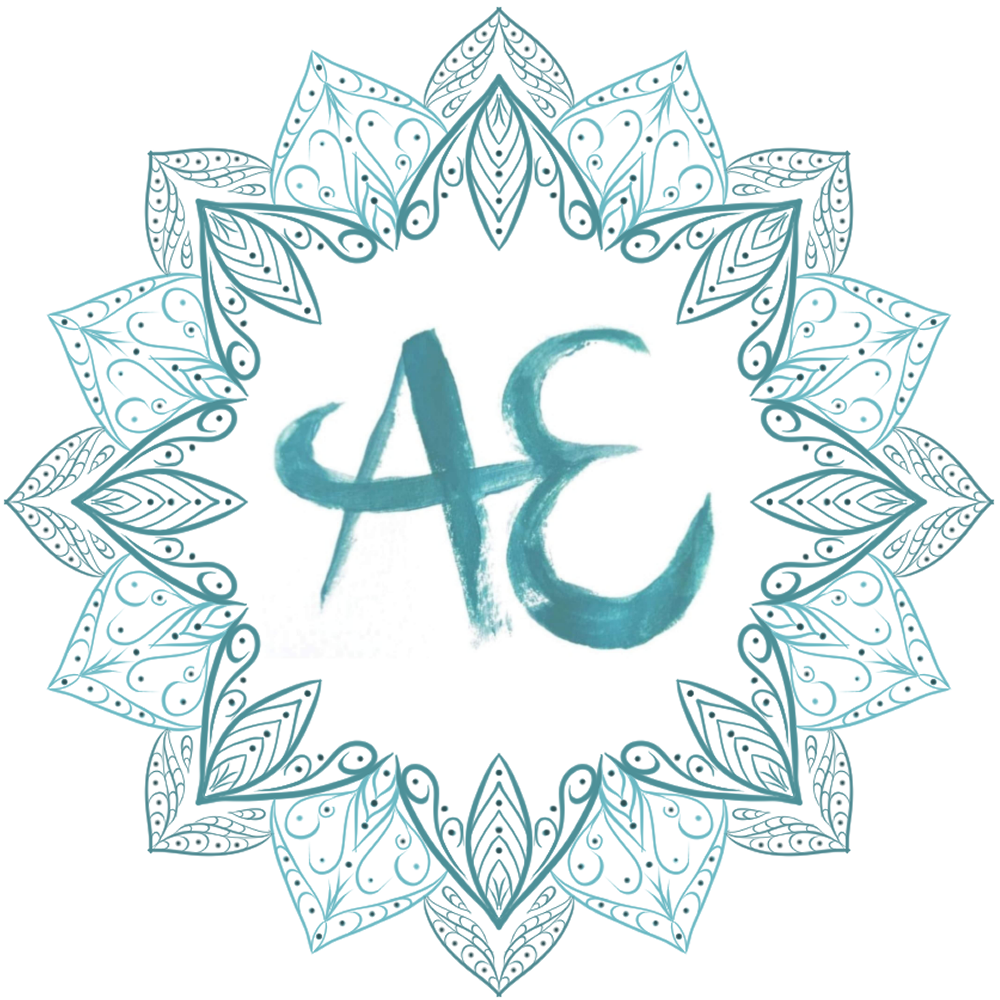What is it?
“Sound Therapy uses sound, music and specialist instruments played in therapeutic ways, combined with deep self-reflection techniques to improve health and wellbeing.” British Academy of Sound Therapy
A session typically lasts about an hour. It can be delivered in a group or 1:1 setting. The client tends to lie down (fully clothed) and the sound therapist uses the instruments in such a way to bring back natural balance to the body. Instruments generally used are Himalayan and crystal singing bowls, gongs and tuning forks. Sometimes percussion instruments such as rain sticks, shakers and chimes are used too. Vocal techniques can be included in the session.
How does it work?
“Everything in life is vibration”
Albert Einstein
We come back to the old chestnut of everything in life is energy in different forms. As we have said before, everything is vibrating. To come back to theory - frequency is how often per second that something vibrates, and it ends up looking like a wave. Frequency can measure material things such as sound but also things like light. Sound is part of the vibration, not the vibration itself. As, depending on the frequency and situation we can see, feel, hear sound. Think of ripples in the water when a pebble is dropped. When we hear the ear drum picks up on the vibrations. Sometimes there is vibration that we cant see, feel or hear due to our senses not being able to pick it up and process it - think about ultrasound without technology to see the picture!
The theory with sound therapy is that we all have different frequencies within us and when that frequency is matched with another frequency, it becomes stronger. This is the theory of resonance.
To make this more tangible, sometimes people give off ‘vibes’. People are naturally drawn to others who are on the same level as them e.g. happy people drawn to happy people, angry people drawn to angry people. These two groups of people will find this energy is increased. If someone is vibrating at a lower ebb, those at a higher ebb are aware and might even get drawn into this new lower vibe – or vice versa.
And so, sound therapy is based on the idea that vibrations will raise or lower someone’s frequency to bring back balance into the body. The aim is to restore the body back to its natural vibration, much like kinesiology.
Why is it helpful?
The joy with sound therapy is that is super accessible. It’s non-invasive and kind the body, with no nasty side effects. It may even bring you joy if your brain processes the sound as pleasant. A personal benefit, I have found, is being in a prolonged meditative state. I have also seen images that have meaning or that don’t. Following a session I typically feel oooober relaxed - like I’ve been asleep for a million years. Others report healing on emotional, mental and physical levels.
Where did it come from?
Like many healing methods, sound therapy came from the East. Ancient texts believe that sound is at the seat of existence. For a long time, the didgeridoo has been thought to have healing properties.
Healing temples used sound as one of the methods to being balance back to humans. Ancient Greeks used sound as a healing method also. Like anything, sound therapy travelled the world and met the needs of the people at the time.
While I currently use sound in my yoga classes e.g. singing bowl, I feel that to get a proper understanding of what sound therapy is like you could try a session. I can recommend many people, but namely Sonic Spa whom I have a long history of sound healing with (even through the pandemic virtually!). They are based in Andover, UK. Try it for yourself and see… https://www.sonic-spa.co.uk/
If you have any questions, let me know!!
References:
https://www.britishacademyofsoundtherapy.com/what-is-sound-therapy/
Sound Therapy Online Course Notes



